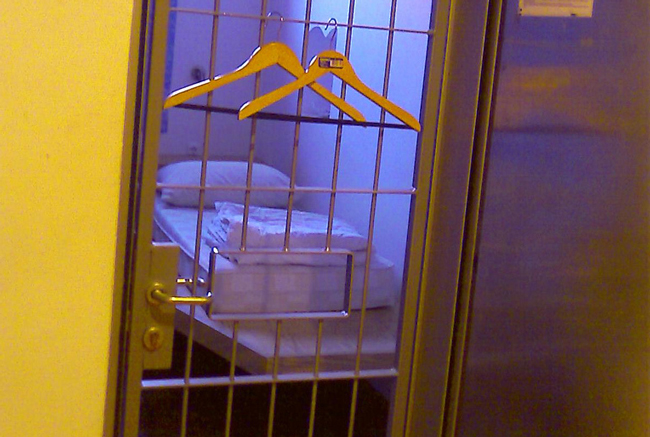
Declining juvenile crime rates and more emphasis on keeping teens out of the criminal justice system have resulted in a major drop in lock-up rates both in Florida and nationwide.
The Annie E. Casey Foundation on Wednesday released a new KIDS COUNT data report, “Reducing Youth Incarceration in the United States,” which shows a 32 percent drop in the number of Florida youths sent to residential juvenile-justice programs between 1997 and 2010.
Nationally, the drop was 37 percent for the same period – to the lowest rate in 35 years.
The peak nationally came in 1995, with 107,637 juveniles incarcerated on a single day, and dropped to 70,792 on a single day in 2010, according to the U.S. Census Bureau and the Office of Juvenile Justice and Delinquency Prevention. During that time, the overall incarceration rate dropped by 41 percent.
The report shows Florida is on the right track, said Department of Juvenile Justice Secretary Wansley Walters.
“In addition to the significant decrease in youth incarceration rates documented in this snapshot, Florida has seen a drastic reduction in overall juvenile arrests, school-based delinquency and the number of youth being transferred to the adult prison system,” Walters said in a statement.
According to DJJ, the state has seen a 34 percent drop in juvenile arrests over the last five years. School-based delinquency dropped by 50 percent over the last eight years. The number of Florida youths transferred to adult court has dropped by 44 percent since 2007-08.
As examples of the drops in incarceration rates, Broward County saw a 12 percent decrease, while Lee County saw its rate go down 34 percent and Alachua County had a 53 percent drop.
Walters credits DJJ’s “Roadmap to System Excellence,” a reform proposal the agency has been developing. The plan would shift funding from residential facilities to community-based intervention, then take those savings and spend more on job training, education, family support, transitional housing and transportation. Walters has led a series of town hall meetings on the plan, seeking feedback statewide.
David Utter, the Southern Poverty Law Center’s legislative director for Florida, praised the approach.
“It’s a plan that for the first time is based on what we know works for juvenile delinquency and kids who are troubled,” he said. “It’s a very exciting development.”
The state roadmap also dovetails with the Casey Foundation’s warning that despite the rapid decline, the U.S. still leads the industrialized world in locking up young people, most for nonviolent offenses such as truancy and technical probation violations.
“Locking up young people has lifelong consequences, as incarcerated youth experience lower educational achievement, more unemployment, higher alcohol and substance abuse rates and greater chances of run-ins with the law as adults,” said Bart Lubow, director of the foundation’s Juvenile Justice Strategy Group, in a statement. “Our decreasing reliance on incarceration presents an exceptional opportunity to respond to juvenile delinquency in a more cost-effective and humane way – and to give these youth a real chance to turn themselves around.”
Utter agrees that community- and family-based interventions are much more effective than incarceration. The Southern Poverty Law Center is pursuing that strategy in Florida via lawsuits and legislation.
The KIDS COUNT data also found racial bias in the juvenile justice system. African Americans are nearly five times as likely to be locked up as their white counterparts, and Latinos and American Indians are two to three times as likely.
DJJ is trying to address racial bias as well, calling it “a critical component of the Roadmap.” The plan calls for increased use of civil citations, a training curriculum for officials who work with minority youths and more partnerships to help them find jobs, and collaborating with schools to develop teacher/youth summits on diversity issues.
–Margie Menzel, News Service of Florida





























h&h says
The lock ups may be down on paper because the judges let them go so they can continue to work on increasing their rap sheet.. How many times have you heard someone in their late teens with 20o or more priors??